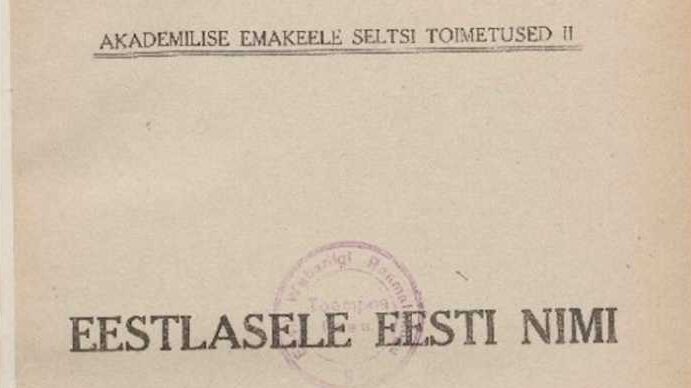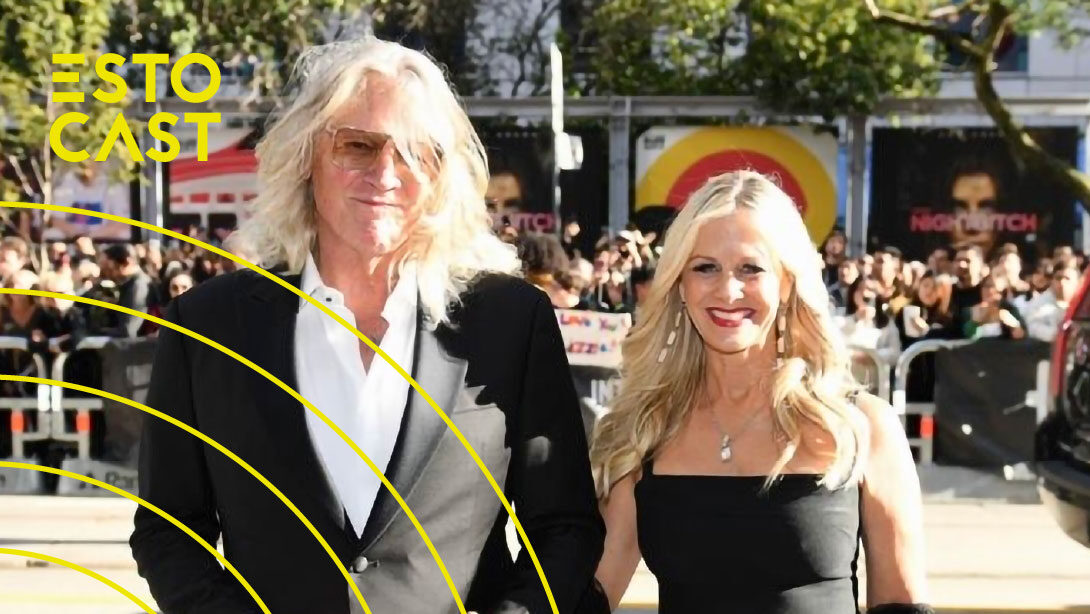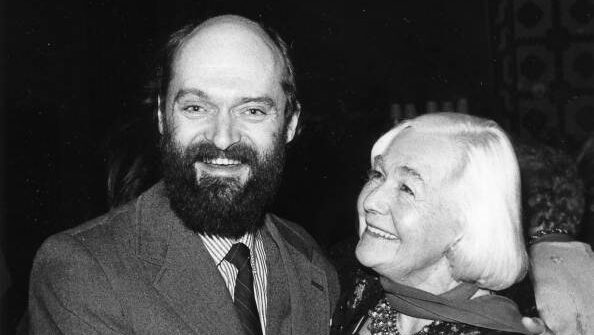In Canada, the most popular boy names were Jackson, Noah, and Liam. For girls, it was Sophia, Olivia, and Emma.
First names are applied in a more free-form manner, usually. Parents might get a baby book, run through its entirety with a pen in hand, circling the names that sound the best, and crossing out the ones that they absolutely will not use. On occasion, first names might be chosen to honour a relative they admire. And these names are something we can change informally or legally, as we determine what best suits our personalities. Of course, around the world, there are varying rules about what letters, spellings, and names can be used.
Last names are less individual, though. Of course, they can also be changed legally, but this is a more sensitive change. Changes and additions of last names when a person meets their significant other can signify cohesion and starting a family unit for some people. But a surname in and of itself can attribute stories and a vision of places to your name.
In Estonian, there are names like Mets (which translates into “forest”) and Jõgi (“river”), that have associations with natural and geographical features. They can shed light on where our families might have lived in the past. Or they can tell us about objects with personal or spiritual connections, such as with the nature-based beliefs of maausk.
Then there are names like Kübar (“hat”) and Sepp (“smith”) that indicate what occupation a person in your family might have had. At least, that's what we assume, because people heavily associate their identities with their jobs. Maybe someone just really enjoyed wearing exuberant hats, though, and really they weren't a milliner after all.
It would be illuminating to know what our surnames mean, because they tell us where we come from, and maybe why we have certain aptitudes. Perhaps a relative was very muscular, which lended itself to hammering metal into shape as a blacksmith.
Some Estonian names can be connected to other languages, including German. For example, the Estonian surname Peegel, which means “mirror”, is derived from the German word “spiegel.” Other Estonian surnames are more directly applied from other languages, such as Johanson (from the Swedish Johansson).
What about names that don't have a clear literal meaning though? While quite a few names are translatable if they remained intact in one form for a long period of time, others require detective work to identify what the first meaning was. Estonian surnames have been known to change dramatically from their first iteration to what we use today. There are a number of reasons for this.
The very first surnames, as reported to local authorities, may have been misheard and transcribed incorrectly if there was a language barrier between the person speaking and the official writing down the name. It's also possible that the individual reporting the name wasn't literate and didn't know how to write the name down, and so the public official got the gist and wrote it as well as they could.
Estonians have changed their names to adapt and get by. When Estonia first became independent in 1918, there was an early movement of Estonians who wanted to make their names sound more uniquely Estonian. Before this, officially changing your name was very difficult, as it required permission from the Tsar. By the mid 1930s, president Konstantin Päts advocated for more Estonians to change their names. For example, one of the president's ministers changed his name from Karl August Einbund to Kaarel Eenpalu.
Names have significance. They're not merely grunts or utterances without meaning. Apart from maybe exclamations, all words are intrinsically about assigning meaning.
What does your name mean to you?
This article was written by Vincent Teetsov as part of the Local Journalism Initiative.




